Reading shapes thought, character, and emotional intelligence. For men approaching 50, books offer not just knowledge, but clarity.
At 50, reflection on past choices and sharpening of legacy becomes essential.
The selections here are chosen for their emotional depth, relatability, lasting wisdom, and cultural resonance.
1. The Odyssey – Homer
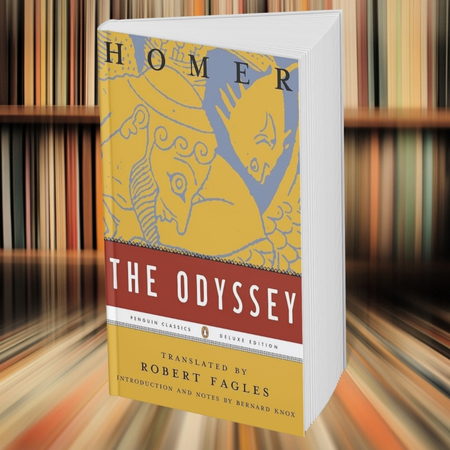
Courage, cunning, and pride define Odysseus’s legendary voyage. His battles span more than monsters and gods, they’re internal, emotional, and moral.
The epic is less about arrival and more about what is endured along the way. Loyalty is tested, identity is stretched, and home becomes both a goal and a mystery.
- Key themes: heroism, temptation, perseverance, and consequences of arrogance
Every man navigating adversity can see himself in Odysseus’s struggle to stay grounded in purpose without losing himself to ego or comfort.
2. Crime and Punishment – Fyodor Dostoyevsky

Raskolnikov doesn’t just commit murder—he sets in motion a psychological collapse. Dostoyevsky strips away the justifications people tell themselves and plunges into shame, detachment, and the slow awakening of moral clarity.
The novel is merciless in asking: can a person who breaks his own code ever recover his humanity?
- Key ideas: guilt as punishment, redemption through suffering, isolation as a mirror
No easy forgiveness waits here, just the long road to becoming whole again.
3. Candide – Voltaire

With razor-sharp satire, Voltaire demolishes the notion that everything happens for a reason.
Candide’s chaotic travels feature endless disaster paired with absurd cheerfulness, mocking optimism taken to delusional extremes. Humor becomes a tool for truth, exposing the cost of naivety.
- Highlights: critique of religion, war, colonialism, and blind faith in philosophy
By the end, the lesson is clear—real progress demands action, not slogans.
4. To Kill a Mockingbird – Harper Lee
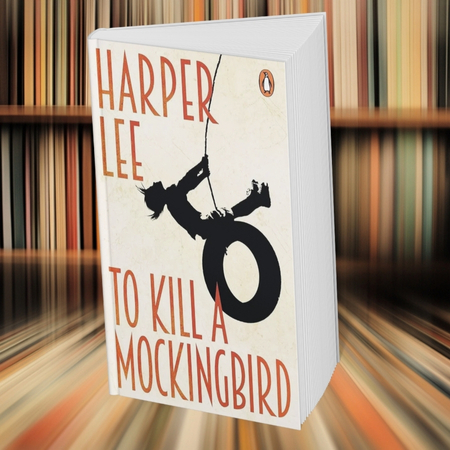
Told through the innocent eyes of Scout Finch, this novel carries weight far beyond childhood. Justice, empathy, and the fight against bigotry come alive in the courtroom and on the front porch.
Atticus Finch becomes a model of quiet strength—one who chooses principle over popularity.
- Key messages: moral courage, racial injustice, childhood wisdom, and resilience
In a world bent by prejudice, standing up with dignity becomes a quiet act of rebellion.
5. The Great Gatsby – F. Scott Fitzgerald
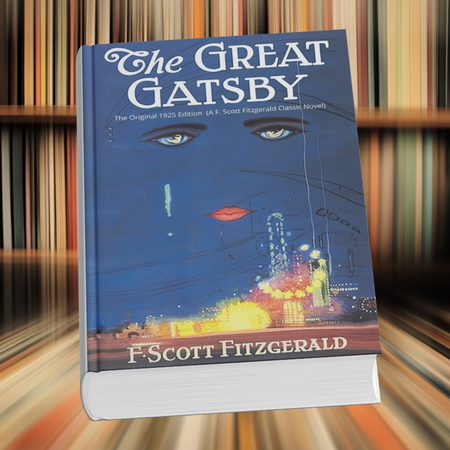
Jay Gatsby builds an empire out of illusions. The glittering parties, lavish mansion, and romantic obsession all mask a hollow pursuit of an American ideal long corrupted.
Fitzgerald’s prose paints dreams as both beautiful and doomed.
- Central themes: obsession with status, emptiness of materialism, illusion vs. reality
Gatsby’s fall is a cautionary tale against chasing images instead of meaning. The price of fantasy often comes in heartbreak and regret.
6. The Catcher in the Rye – J.D. Salinger

Holden Caulfield’s cynical voice speaks for those who can’t accept shallow performances demanded by society.
He’s wandering, hurt, deeply observant, and brutally honest. His disillusionment isn’t teenage angst—it’s a protest against emotional dishonesty.
- Themes: alienation, loss of innocence, emotional authenticity, social pressure
Holden’s resistance to phoniness is both exhausting and admirable, drawing readers into questions about what it means to be real in a world driven by masks.
7. East of Eden – John Steinbeck

A sprawling narrative of two families, this novel echoes biblical themes without preaching.
Steinbeck dives into moral complexity, generational trauma, and the idea of personal choice as destiny. Each character’s flaws fuel reflection on our own inherited patterns.
- Key themes: good vs. evil, free will, family legacy, identity
The word “timshel”—“thou mayest”—carries philosophical weight, suggesting each man’s ability to choose virtue despite his past.
8. The Things They Carried – Tim O’Brien
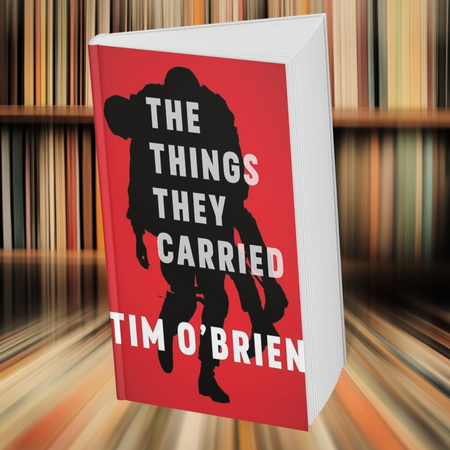
War isn’t the only battlefield in O’Brien’s narrative. Emotional weight, loss, guilt, and truth-versus-fiction tug at every story.
Soldiers carry more than weapons, they carry memories, fears, dreams, and lies. O’Brien blurs fiction with fact to paint war as a psychological maze.
- Highlights: memory, masculinity, grief, survival
Physical and emotional burdens intertwine: photos, guilt, superstition, trauma, all crammed into the same rucksack.
9. The Sun Also Rises – Ernest Hemingway
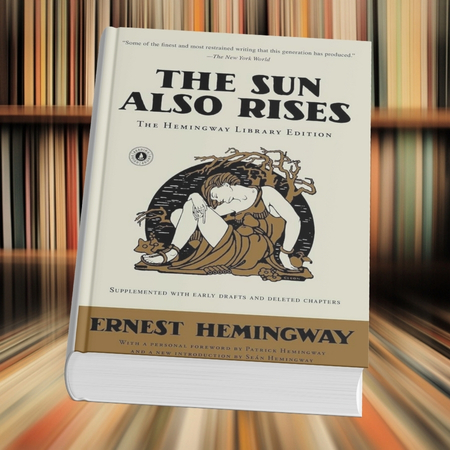
Men wounded by war drift through post-World War I Europe in search of meaning, connection, and self-worth.
Hemingway’s clipped prose hides oceans of pain. Rituals, bullfighting, drinking, banter, mask the inner collapse.
- Explores: masculinity, impotence (literal and symbolic), romantic disillusionment
Jake Barnes navigates love and loss with quiet desperation, a metaphor for a generation left emotionally amputated.
10. The Brief Wondrous Life of Oscar Wao – Junot Díaz
Oscar Wao is awkward, bookish, obsessed with science fiction, and suffocating under the weight of ancestral curses.
Díaz weaves humor, pain, and historical terror into one volatile narrative. Masculinity isn’t portrayed as power, but as performance, sometimes toxic and inherited.
- Themes: diaspora, identity, masculinity, generational trauma
The fukú curse haunts Oscar’s lineage, framing masculinity not as something to conquer, but something to unpack and survive.
11. 1984 – George Orwell
Control through fear, manipulation, and brutal repression. Orwell builds a totalitarian nightmare where truth itself bends to authority, and individual rebellion becomes a thought crime.
The concept of Big Brother endures because it reflects ongoing struggles between personal privacy and state overreach.
- Key Themes: Surveillance, authoritarianism, censorship, psychological manipulation
- Memorable Insight: “Freedom is the freedom to say that two plus two make four.”
12. Brave New World – Aldous Huxley
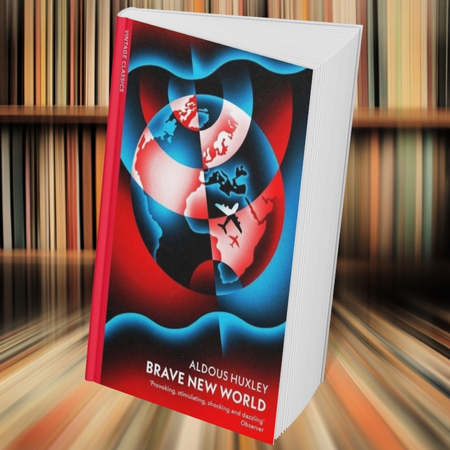
Oppression with a smile. Pleasure, consumption, and engineered satisfaction maintain obedience without force.
Huxley envisioned a society addicted to comfort and pacified by shallow gratification. Truth gets sacrificed for stability and mass happiness, making people complicit in their own subjugation.
- Key Themes: Technological control, emotional suppression, consumerism
- Memorable Insight: “Actual happiness always looks pretty squalid in comparison with the overcompensations for misery.”
13. Fahrenheit 451 – Ray Bradbury
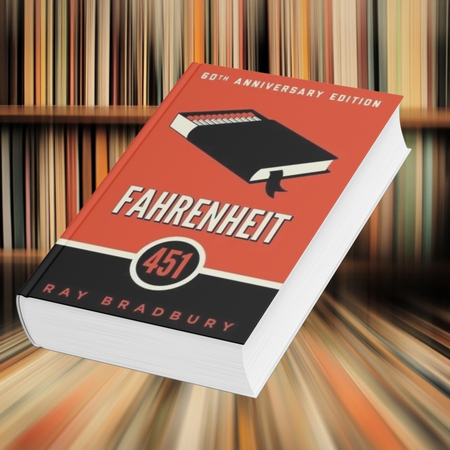
Books burn. Ideas burn faster. Bradbury tells a story where knowledge is outlawed, and media addiction keeps people numb.
Firemen torch books, and rebels memorize them to keep wisdom alive. The message cuts through: silence and ignorance are chosen conditions, not enforced ones.
- Key Themes: Censorship, media saturation, intellectual rebellion
- Memorable Insight: “You don’t have to burn books to destroy a culture. Just get people to stop reading them.”
14. Dune – Frank Herbert
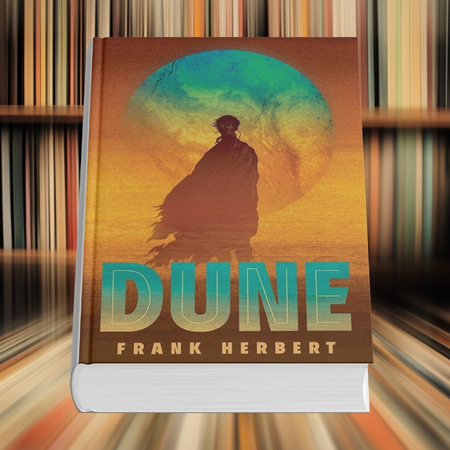
Desert planets, political intrigue, and messianic prophecy shape a saga of survival and ambition.
Power isn’t just military or political—it’s ecological, religious, and psychological.
Paul Atreides becomes a symbol of transformation, not just for himself, but for civilizations tied to scarcity, faith, and empire.
- Key Themes: Power, ecology, destiny, spiritual manipulation
- Memorable Insight: “He who can destroy a thing has the real control of it.”
15. Jurassic Park – Michael Crichton
View this post on Instagram
Just because something can be done doesn’t mean it should. Crichton’s scientific thriller exposes how ambition, greed, and arrogance drive people to play god.
Dinosaurs escape their creators’ grip, making nature’s unpredictability and moral restraint feel terrifyingly close to home.
- Key Themes: Ethics of science, capitalism, unintended consequences
- Memorable Insight: “Your scientists were so preoccupied with whether or not they could, they didn’t stop to think if they should.”
16. Catch-22 – Joseph Heller
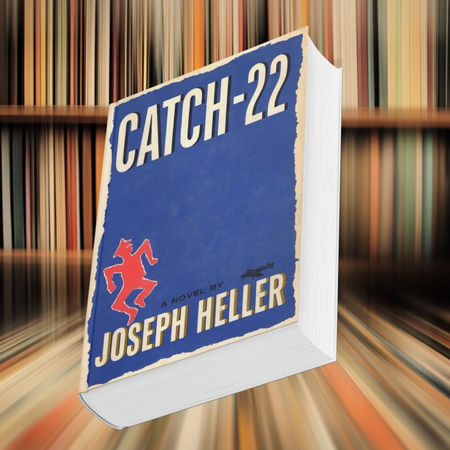
Satire meets absurdity in a world where logic collapses under bureaucracy. Heller crafts a war novel that traps readers in the same circular reasoning as his characters.
Yossarian’s plight becomes every soldier’s, caught between duty and survival, reason and madness.
- Themes: war absurdity, institutional madness, survival vs. morality.
17. All Quiet on the Western Front – Erich Maria Remarque
Written by a veteran, Remarque’s account of World War I strips heroism to its bones. What’s left is pain, numbness, and disconnection.
Soldiers become shells of who they were. Nothing about their experience fits patriotic myth.
- Themes: futility of war, trauma, dehumanization.
18. The Plot Against America – Philip Roth

A chilling reimagining of American history, where fascism creeps in not with boots, but ballots.
Roth’s alternate timeline reveals how easily democracy corrodes when fear and nationalism spread.
- Themes: authoritarianism, identity, American values under siege.
19. Maus – Art Spiegelman
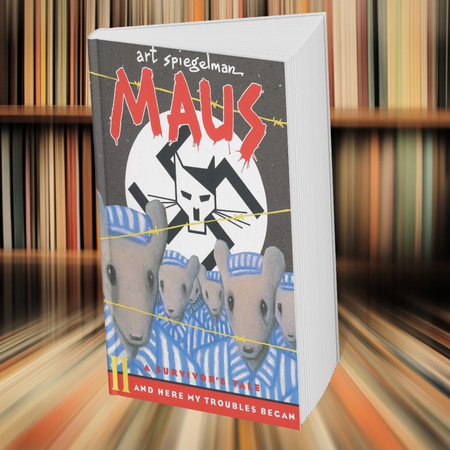
Presented as a graphic novel, Maus tells the story of Holocaust survival through mice, cats, and pigs.
That distance, oddly, brings readers closer to the trauma. Spiegelman captures how inherited pain can shape and fracture generations.
- Themes: trauma inheritance, memory, survival guilt.
20. 2666 – Roberto Bolaño

Violence here is not clean, not contained. Bolaño spins five loosely connected narratives, all orbiting horror.
Femicide, fascism, literary obsession—nothing is easy, and nothing is wrapped up. Chaos lingers long after the last page.
- Themes: systemic violence, obsession, evil’s banality
21. The Hitchhiker’s Guide to the Galaxy – Douglas Adams
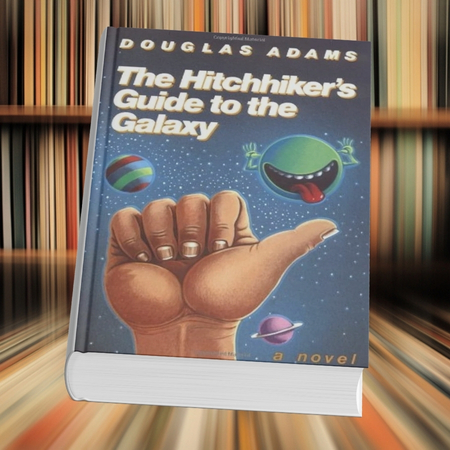
Galactic misadventure begins with Earth’s destruction and spirals into nonsense, paradoxes, and philosophical jabs.
Adams writes like a cosmic prankster, reminding readers how small and ridiculous everything is.
- Themes: absurdity of life, chaos, satire on science and belief.
22. Lamb: The Gospel According to Biff – Christopher Moore
Jesus’ childhood best friend, Biff, tells the version left out of sacred texts. It’s irreverent, wildly funny, and oddly moving.
Sacred myths meet sarcastic wit, and it all somehow works.
- Themes: friendship, belief, absurdity in faith.
23. A Confederacy of Dunces – John Kennedy Toole

Ignatius J. Reilly is insufferable, brilliant, lazy, and inexplicably magnetic. Every scene defies logic and yet feels strangely real.
Toole’s satire is loud, lumbering, and loaded with odd wisdom.
- Themes: failure, delusion, societal critique.
24. Fear and Loathing in Las Vegas – Hunter S. Thompson
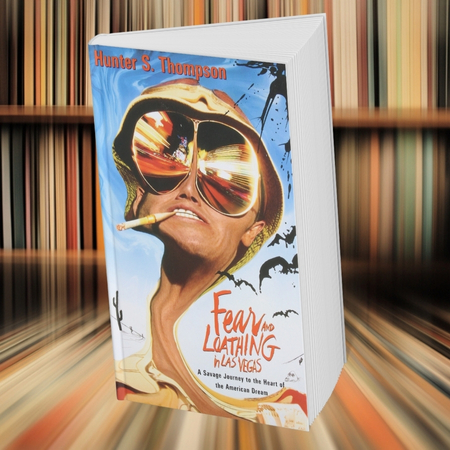
Gonzo journalism goes off the rails. Drugs, paranoia, and chaos become the fuel for a messy search for the American Dream’s corpse.
Thompson drags readers through it all, grinning and hallucinating.
- Themes: excess, disillusionment, media absurdity.
The Bottom Line
Wisdom is earned through experience and deepened through reflection. Stories can open hearts, stir action, and make sense of pain.
A man isn’t only what he achieves, but also what he absorbs. Reading past 50 is not about catching up, but continuing to grow with intention.

